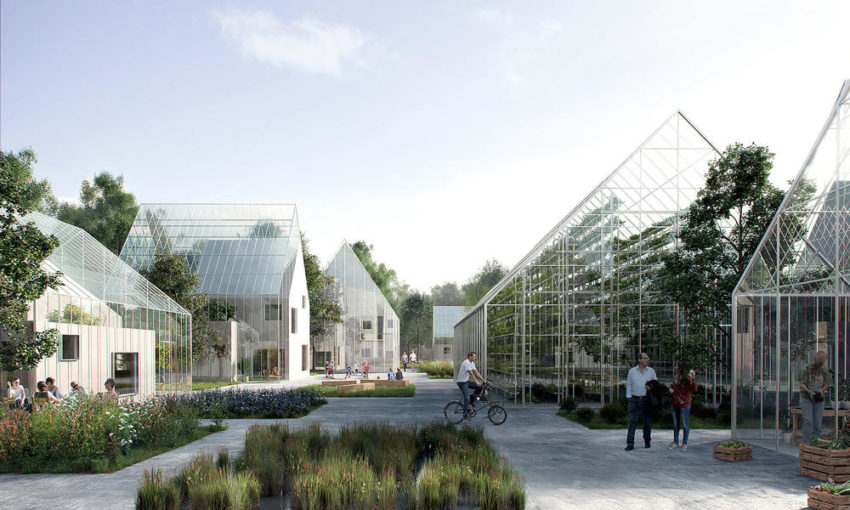We are told to treat our body like it’s a temple, that we have only one and that we should care for it and use it wisely, this is a microscopic example of the bigger picture about our planet.
We only have one earth as we do have one body, we should take care of it as we do take care of ourselves. Why do we do so much damage to it? They say ignorance is bliss, so we just use up everything the earth has to offer, damage it with our trash and pollute to no end, we are just indirectly damaging the very body we call a temple.
And if we don’t start taking care of it now, we are eventually going to wear it out. Big things must change, so where do we begin?
In the Netherlands a new simple concept has been introduced that in the same vain as the Amish Lifestyle, allows for great self-reliance but retains the use of high-end technology.
Self-Sustainability Living
To achieve true self-sustainable living, it will take a community of people: family, friends, friends of friends, all coming together to create a better world. This was the idea of James Ehrlich, a developer based in California and now Ceo of ReGen Villages. He created the community pilot project which is set to be completed in 2019
The starting point will be Amsterdam, but the company plans to share these innovations with Sweden, Denmark, Germany and Norway. This will effectively share the possibility that entire villages can in-fact operate from within.
The plan is to use modern technology to create and maintain self-reliant necessities and desires, like growing food and filtering water- the things we take for granted in today’s world.
Ehrlich stated that they want to be the “Tesla of Eco Villages”, redefining the way we look at living comfortably.
“We’re really looking at a global scale. . . . We are redefining residential real-estate development by creating these regenerative neighborhoods, looking at first these greenfield pieces of farmland where we can produce more organic food, more clean water, more clean energy, and mitigate more waste than if we just left that land to grow organic food or do permaculture there.”
The villages are going to be “power positive”, which means they will be able to fully take care of their day to day needs. And unlike most others who live off the grind these villages will have the same amenities as people who live on the grid, only without restraints.
The villages are going to be even beneficial to local cities. Because they will produce more energy than they will spend, the surplus will be fed back to nearby electrical grids.
“We anticipate literally tons of abundant organic food every year—from vegetables, fruit, nuts, legumes, fish, eggs, chicken, small animal dairy and protein—that can continually grow and yield in the vertical garden systems all year long as supplement to the seasonal gardens and farming adjacent,” Ehrlich explained.
The First of the Villages
The project was unveiled at the Venice Biennale. The design was done by Effekt, a Danish architecture firm, but there’s still a long way to go before this becomes a reality.
The first village is 20 minutes by train from Amsterdam, on the outskirts of Almere. They are also constructing a scaled down version in the neighborhood with 35 condos.
“We tackle the first two hardest climate areas,” Enrlich explained “Then from there we have global scale—rural India, sub-Saharan Africa, where we know that the population is going to increase and also be moving to the middle class. If everybody in India and Africa wants the same kind of suburbs that we’ve been building so far, the planet’s not going to make it.”
We can only hope that they success of the first villages will allow this brilliant concept to spread all over the world and create a better planet for everyone.
Source: collective-evolution
